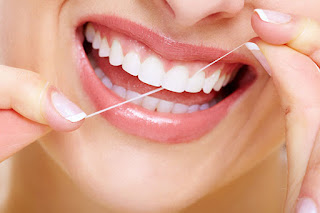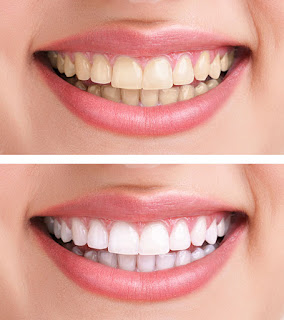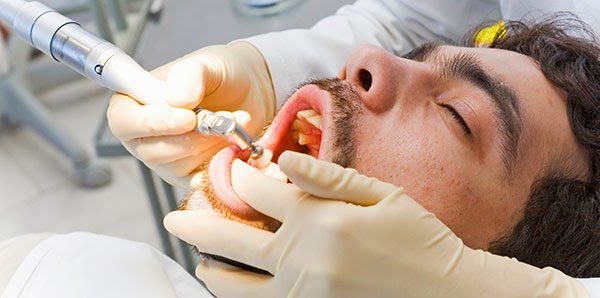Wisdom Teeth ExtractionA
wisdom teeth extraction is the surgical procedure by which one or more wisdom teeth are removed. Wisdom teeth are the four permanent adult molars located at the very back of your mouth, two on top and two on the bottom. Their rather imaginative name stems from the fact that they erupt much later than the other permanent teeth (approximately between the ages of 15 and 25). The person has already achieved adulthood and is, supposedly, 'wiser'.
Many people have wisdom teeth that erupt normally and cause them no problems. However, countless others are not quite as lucky, in which case
wisdom teeth extraction is the simplest course of treatment since our softer, easier to chew, processed and cooked foods have made them largely redundant. While the jury may still be out, many believe that primitive societies needed this third molar in order to be able to chew their coarser food.
While some oral surgeons and dentists recommend
wisdom teeth extraction as insurance against future problems, many others are of the opinion that routine prophylactic removal is ill-advised, and wisdom teeth should only be extracted if they develop problems. Wisdom teeth that are symptomatic, i.e., aren't causing problems should be left alone. Most problems with wisdom teeth occur at the time they erupt, i.e. between the ages of 15 and 25. It is very rare that someone over the age of 30 develops any problem with these third molars. During a consultation, we will let you know whether or not yours should be removed.
When Wisdom Teeth Extractions Become Necessary
Many of the problems that surround wisdom teeth are connected with the fact that many people's jaws are not large enough to accommodate a third molar. In these cases, the tooth is said to be "impacted" which means it is so wedged in between the jawbone and the tooth beside it that it cannot emerge normally. In some cases, the wisdom tooth remains under the gums. In others, it erupts only part of the way or at an angle with the top of the tooth facing one of the two sides, or even forward or backward.
An impacted wisdom tooth can cause a number of serious problems including damage to the tooth immediately next to it, or even to the bone itself. If the tooth has only emerged slightly above the gum line, a flap of gum tissue has been known to grow over the tooth. Bacteria from food can flourish in this 'protected' area causing an infection and tooth decay. Besides which, if there isn't enough space for the tooth to erupt properly, often means that it will be hard to reach and, therefore, hard to manipulate a toothbrush around it. Thus if a wisdom tooth is impacted (doesn't have room to grow normally), causing an infection, pain or other complications, it is more than likely that you will have to have it pulled.
The Surgery
Wisdom tooth extraction is almost always performed on an outpatient basis in our clinic. However, if you are considered a high risk for complications or are having all four wisdom teeth extracted at the same time, it may be necessary to have the surgery in a hospital.
Most often, just like most other extractions, wisdom teeth are removed using a local anesthetic that will completely numb the area. Once again, should you opt to have all four teeth removed in one go, a general anesthetic may be used, in which case, you should not eat or drink anything a certain number of hours before the surgery. If we have to cut into the gum and remove any bone that is covering the tooth, it is likely that some stitches will be necessary. These will either dissolve over time or be removed at a later date. Regardless, we will ensure that your wisdom teeth extraction is completed in a way that allows you to relax and feel comfortable.
New York Dental Office > Tooth-Colored Fillings
 Canker sores are quite literally a sensitive issue, but someone has to talk about it! What are canker sores (or "stomatitis"), why do they appear, and what can be done about them? Anyone who's ever had mouth sores can attest to the fact that they are just as embarrassing as they are painful, but simply suffering through them does you no good. Get the facts on this common problem to take control of the situation before another outbreak.
Canker sores are quite literally a sensitive issue, but someone has to talk about it! What are canker sores (or "stomatitis"), why do they appear, and what can be done about them? Anyone who's ever had mouth sores can attest to the fact that they are just as embarrassing as they are painful, but simply suffering through them does you no good. Get the facts on this common problem to take control of the situation before another outbreak.













